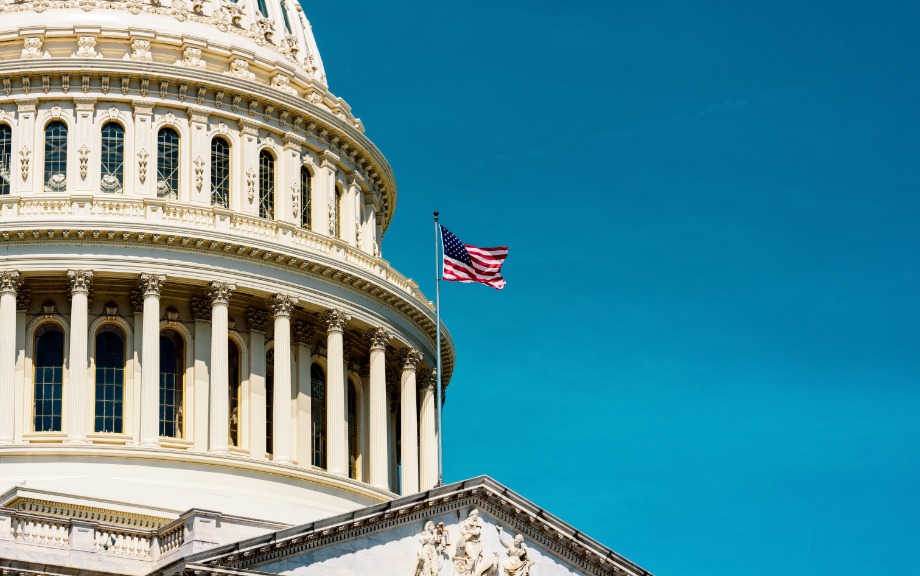Tailoring Regulations

Regulations are not written in stone. The benefits derived from them, along with the costs of compliance for affected institutions and of enforcement for regulators, are likely to evolve. When this happens, regulators may seek to modify the regulations to better suit the specific risk profiles of regulated entities. In this post, we consider the Economic Growth, Regulatory Relief, and Consumer Protection Act (EGRRCPA) passed by Congress in 2018, which eased banking regulations for smaller institutions. We focus on one regulation—the Liquidity Coverage Ratio (LCR)—and assess how its relaxation affected newly exempt banks’ assets and liabilities, and the resilience of the banking system.
Large Bank Cash Balances and Liquidity Regulations
Did Banks Subject to LCR Reduce Liquidity Creation?

Banks traditionally provide loans that are funded mostly by deposits and thereby create liquidity, which benefits the economy. However, since the loans are typically long-term and illiquid, whereas the deposits are short-term and liquid, this creation of liquidity entails risk for the bank because of the possibility that depositors may “run” (that is, withdraw their deposits on short notice). To mitigate this risk, regulators implemented the liquidity coverage ratio (LCR) following the financial crisis of 2007-08, mandating banks to hold a buffer of liquid assets. A side effect of the regulation, however, is a reduction in liquidity creation by banks subject to LCR, as we find in our recent paper.
Liquidity Policies and Systemic Risk
One of the most innovative and potentially far-reaching consequences of regulatory reform since the financial crisis has been the development of liquidity regulations for the banking system.
Liquidity Risk, Liquidity Management, and Liquidity Policies
During the 2007-09 financial crisis, banks experienced widespread funding shortages, with shortfalls even hindering adequately capitalized banks.











 RSS Feed
RSS Feed Follow Liberty Street Economics
Follow Liberty Street Economics